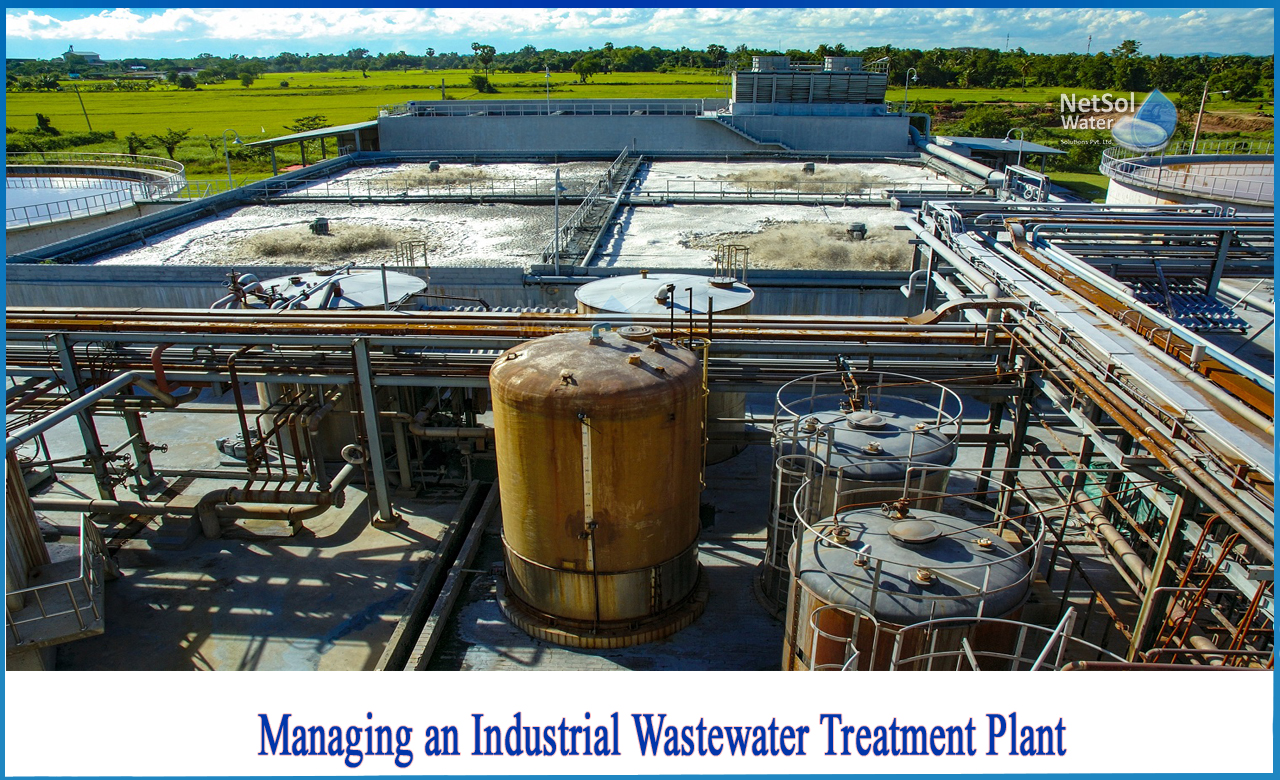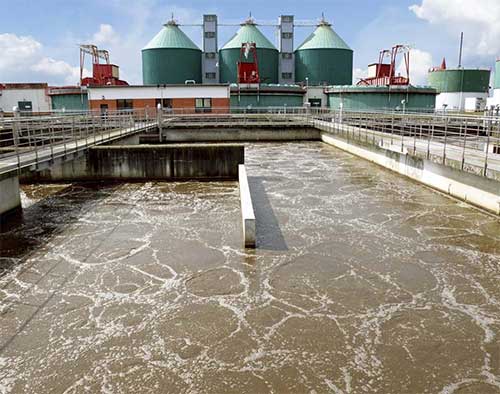Advancements and Developments in Industrial Waste Water Treatment Technologies
The landscape of commercial wastewater therapy is undertaking a transformative shift, driven by advancements that improve both efficiency and sustainability. Arising innovations, such as membrane bioreactors and microbial gas cells, are redefining impurity removal procedures while adding to energy generation. Source healing techniques are getting traction, aligning with round economic situation principles. As regulative requirements develop, the combination of AI and maker understanding right into wastewater administration systems guarantees to simplify operations and ensure compliance. The complete effects of these innovations elevate vital inquiries regarding their scalability and lasting impact on industry methods.
Review of Waste Water Treatment Technologies
Wastewater treatment innovations encompass a variety of techniques developed to eliminate contaminants from commercial effluents before their release into the atmosphere. These technologies are essential for keeping ecological balance and guaranteeing compliance with ecological policies. The main groups of wastewater treatment include physical, chemical, and organic approaches, each offering distinctive functions based on the nature of the impurities existing.

Organic therapy techniques employ microorganisms to weaken raw material, making them particularly efficient for organic-rich effluents. Methods like turned on sludge and biofilm activators harness the all-natural degradation capabilities of microorganisms, bring about significant decreases in biochemical oxygen demand (BODY)
Advanced Purification Methods
Advanced filtering strategies stand for a critical evolution in the world of industrial wastewater therapy, improving the performance of pollutant elimination processes. Industrial Waste Water Treatment. These techniques incorporate a variety of technologies, including microfiltration, ultrafiltration, nanofiltration, and reverse osmosis, which supply consecutive obstacles for numerous fragment sizes and chemical frameworks
Microfiltration and ultrafiltration make use of membrane systems to eliminate suspended solids, germs, and larger organic particles, improving the high quality of effluent before additional treatment. Nanofiltration connects the space between ultrafiltration and reverse osmosis, effectively getting rid of divalent ions and natural substances, therefore minimizing the tons on downstream processes.
Reverse osmosis offers the highest possible degree of purification by allowing just water and tiny molecules to go through its semi-permeable membranes, making it excellent for redeeming high-grade water from commercial effluents. Recent advancements in membrane layer innovation, including the growth of more fouling-resistant and sturdy materials, have considerably boosted functional efficiency and lowered expenses.
Incorporating these innovative filtration strategies not only enhances the general treatment procedure but additionally contributes to sustainability initiatives by allowing water reuse and source healing in commercial settings. (Industrial Waste Water Treatment)
Organic Treatment Advancements

Additionally, the development of crafted biological systems, such as membrane bioreactors (MBRs), combines organic treatment with advanced membrane layer filtering. This assimilation permits higher effluent top quality and minimized footprint, making it ideal for space-constrained industrial facilities. Technologies in genetically engineered microorganisms have actually also arised, enhancing the biodegradation of details pollutants, such as drugs and heavy steels, that are typically testing to eliminate.
Furthermore, the application of bioaugmentation approaches, where helpful germs are presented to enhance the existing organic treatment procedures, has actually shown promising results in boosting treatment efficiency. These innovations internet jointly signify a pattern in the direction of more sustainable and reliable organic therapy approaches that can adjust to the progressing complexities of commercial wastewater streams. As markets continue to prioritize environmental compliance, these organic innovations will play a crucial duty in wastewater administration.

Source Recuperation Techniques
In industrial setups, the combination of source healing methods has actually ended up being increasingly essential for improving sustainability and minimizing waste. These approaches focus on removing valuable products and energy from wastewater streams, therefore transforming potential contaminants into recyclable resources.
One famous approach is vitamins and mineral recovery, where nitrogen and phosphorus, usually present over in wastewater, are caught and transformed into plant foods. This not only minimizes environmental effects yet also supplies a circular economic climate solution for agricultural applications. In addition, technologies such as anaerobic food digestion enable the conversion of natural waste right into biogas, a renewable power resource that can offset fossil fuel usage in commercial operations.
Moreover, progressed filtration and membrane innovations promote the recuperation of industrial spin-offs such as steels and salts. These recovered materials can be rehabilitated right into manufacturing processes, decreasing the requirement for virgin sources.
Future Fads in Drainage Management
As site here markets progressively focus on sustainability, the future of wastewater monitoring is set to undergo significant improvements. Technical innovations, such as artificial intelligence and device knowing, will enable much more effective tracking and administration of wastewater systems. These innovations can anticipate upkeep requirements, enhance treatment processes, and enhance decision-making, ultimately reducing operational prices and ecological influence.
Moreover, the integration of round economic situation concepts will certainly play a vital function in wastewater administration. Industries are expected to shift towards systems that not just deal with wastewater however also recuperate important resources, such as nutrients, water, and power. This change will reduce waste and promote the reuse of products, straightening with worldwide sustainability goals.
Arising therapy methods, such as membrane bioreactors and progressed oxidation procedures, will certainly even more enhance the performance of wastewater therapy, enabling higher top quality effluents appropriate for reuse. Additionally, governing frameworks are likely to advance, highlighting stricter standards for wastewater discharge and motivating markets to adopt cutting-edge treatment solutions.
Final Thought
In verdict, the advancement of industrial wastewater treatment innovations shows a significant shift towards improved performance and sustainability (Industrial Waste Water Treatment). Innovations in advanced filtering methods, organic treatments, and resource healing techniques highlight the sector's dedication to ecological stewardship.
The landscape of commercial wastewater therapy is undergoing a transformative shift, driven by developments that improve both effectiveness and sustainability.Wastewater therapy innovations include an array of methods designed to remove contaminants from industrial effluents before their release into the environment.Harnessing the power of biological processes has actually led to substantial innovations in the therapy of commercial wastewater.In addition, the execution of bioaugmentation approaches, where beneficial germs are presented to boost the existing organic treatment processes, has actually revealed appealing results in improving therapy efficiency. read review These advancements collectively signify a trend towards even more efficient and sustainable organic treatment approaches that can adapt to the advancing intricacies of industrial wastewater streams.
Comments on “Industrial Waste Water Treatment-- Customized Solutions for Effective Wastewater Treatment”